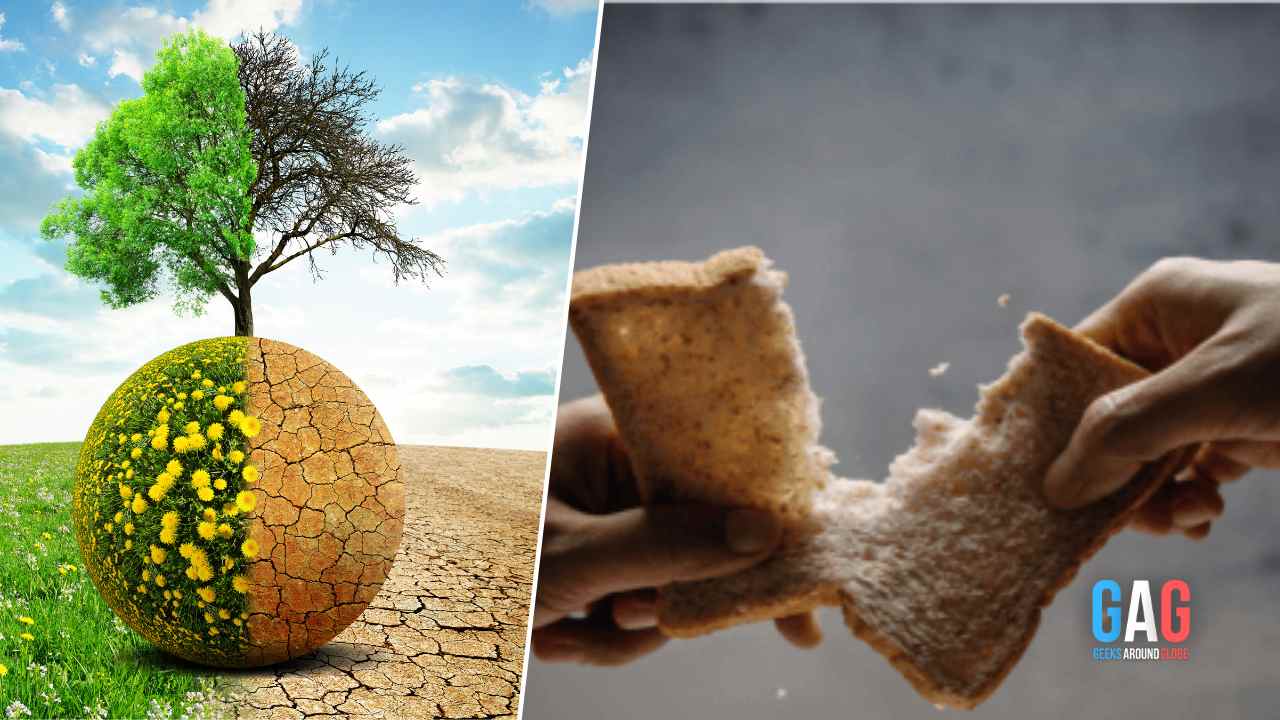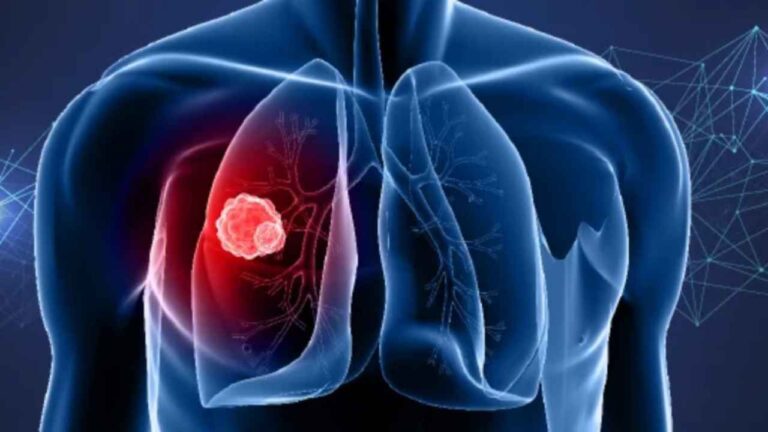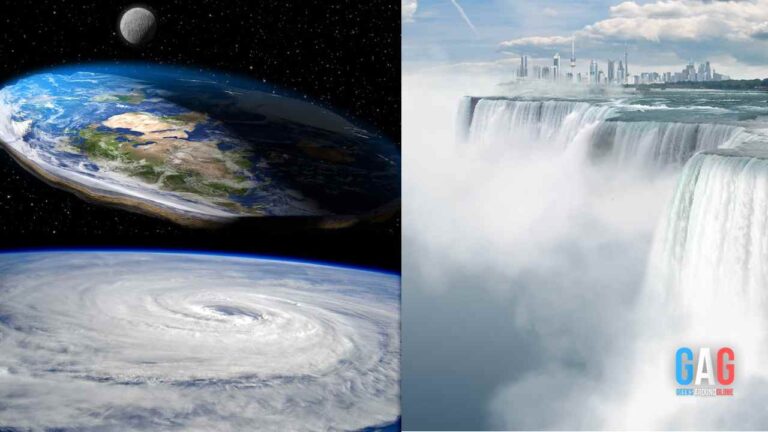The world is already facing a food crisis. According to the United Nations, nearly 350 million people around the world are experiencing the most extreme forms of hunger right now. And the situation is only going to get worse!
Extreme climate events, once rare occurrences, are becoming more frequent and severe. The science behind these events is complex. However, it revolves around rising global temperatures, which lead to disrupted weather patterns, increased humidity, and more intense storms. This erratic climate behavior poses a significant threat to our agricultural systems, which rely heavily on stable weather conditions.
A recent study by the World Food Programme found that climate change could push an additional 100 million people into hunger by 2030! And it’s not too far away now. If we don’t take action to address climate change, the number of people affected by hunger could reach 1.2 billion by 2050.
Widespread Starvation and Deaths!
The United Nations estimates that climate change could push an additional 100 million people into hunger by 2030. This means that nearly 1 billion people could be living with chronic hunger by the end of the century. Many of these people will die from starvation or malnutrition-related diseases.
The short-term impact of a global food shortage would be widespread hunger and malnutrition. People would be more likely to get sick, and there would be an increase in deaths from diseases such as diarrhea, malaria, and pneumonia. In the long term, climate change could also lead to the emergence of new diseases, as well as the spread of existing diseases to new areas.

What Countries Will be Severely Affected?
The countries that are most vulnerable to climate change-related food shortages are those that are already struggling with poverty and hunger. These include countries in Africa, Asia, and Latin America. In sub-Saharan Africa, for example, climate change is expected to reduce crop yields by up to 25% by 2050. This could lead to widespread famine in the region.
If climate change continues unabated, the risk of a global food shortage will only increase. By 2050, the world’s population is expected to reach 9.8 billion. The demand for food is projected to grow by 50%. However, climate change is expected to reduce agricultural yields by up to 30% in some regions.
U.S.A Will Not be Immune to Food Shortage!
The United States is not immune to the threat of a global food shortage. The country imports about 17% of its food. 44% of domestic consumption of Fruits and nuts comprises imported goods. 35% of vegetables consumed in the U.S. are also imported from outside. Mexico is the largest supplier of fruits and vegetables to the U.S. at the moment.
Many of these imports come from countries that are already experiencing the effects of climate change. If a major food exporter, such as India or Brazil, were to experience a drought or other extreme weather event, it could have a significant impact on the US food supply.

Conflicts and Social Unrest
A global food shortage would also lead to increased conflicts and social unrest. When people are hungry, they are more likely to resort to violence to get what they need. This could lead to civil wars, revolutions, and other forms of instability. This could also result in mass migrations, displacement of communities, and an overall breakdown of social cohesion!
Hunger Crisis In Africa:
— Citizen TV Kenya (@citizentvkenya) September 5, 2023
More than 20M people face acute food shortage in East Africa
Region has experienced 5 consecutive seasons of failed rains
Calls for fulfillment of commitments to battling climate change#TheExplainer @YvonneOkwara pic.twitter.com/UF8dwceaKm
Prices Skyrocketting!
The price of food would also go up, as there would be less food available. This would hurt the poorest people the most, as they would spend a larger proportion of their income on food. The global economy would also suffer, as businesses would lose money due to decreased demand.
What Can We Do?
Reduce greenhouse gas emissions: This is the most important thing we can do to address climate change. We can do this by switching to renewable energy sources, improving energy efficiency, and reducing deforestation.
Invest in sustainable agriculture: We need to develop agricultural practices that are resilient to climate change, such as drought-tolerant crops and water-efficient irrigation systems.
Improve food distribution: We need to make sure that food is distributed fairly and efficiently so that everyone has access to it. Governments could impose food rationing.
We can also help to reduce our own impact on the environment by making changes in our own lives. We can eat less meat, reduce our food waste, and support sustainable food businesses.
The future of food security is in our hands. If we take action now, we can prevent a global food shortage and ensure that everyone has enough to eat.
Also read,







